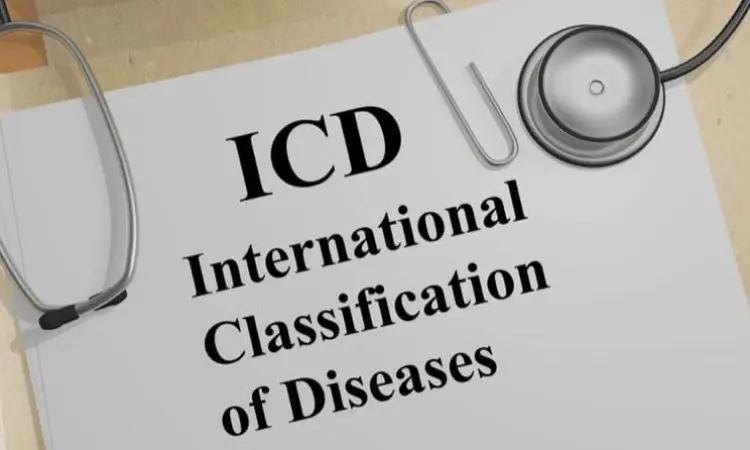Decoding ICD-10 Codes for Diabetes Mellitus

ICD-10, the Tenth Revision of the International Classification of Diseases, is a globally standardized system utilized for classifying and coding medical conditions, including diabetes mellitus. This system establishes a comprehensive framework for accurately documenting and categorizing diverse types and complications of diabetes.
This article delves into the ICD-10 codes associated with diabetes mellitus, encompassing codes for different types, complications, and related conditions.
ICD-10 Codes for Diabetes Mellitus Types
ICD-10 codes serve to specify various types of diabetes mellitus. The primary codes for diabetes types are as follows:
- E10: Type 1 diabetes mellitus. This code is employed when diagnosing type 1 diabetes, characterized by the destruction of insulin-producing beta cells in the pancreas.
- E11: Type 2 diabetes mellitus. This code is assigned for the diagnosis of type 2 diabetes, which typically develops in adulthood and is linked to insulin resistance and impaired insulin secretion.
- O24.4: Gestational diabetes mellitus. This code is specifically utilized for gestational diabetes, which occurs during pregnancy and generally resolves after childbirth.
- ICD-10 Codes for Diabetes Mellitus Complications
The ICD-10 system incorporates codes for diverse complications that may arise from diabetes mellitus. Some common codes for diabetes complications include:
- E08-E13.8: Codes within this range are employed to document specific complications of diabetes mellitus, including diabetic neuropathy, diabetic retinopathy, diabetic nephropathy, and other diabetes-related conditions.
- E10.1: Diabetic ketoacidosis. This code is utilized to document the diagnosis of diabetic ketoacidosis, a potentially life-threatening complication that can occur in individuals with type 1 diabetes.
- E10.9: Diabetic foot ulcer. This code is utilized to specify the presence of foot ulcers in individuals with diabetes.
- ICD-10 Codes for Diabetes Mellitus with Other Conditions
ICD-10 also encompasses codes to indicate diabetes mellitus concurrent with other conditions, such as:
- E11.5: This code indicates the presence of diabetes with associated circulatory problems, such as peripheral vascular disease.
- E11.9: Type 2 diabetes mellitus without complications. This code is used when documenting type 2 diabetes without any specified complications.
- E13.0: Other specified diabetes mellitus with hyperosmolarity. This code is employed to indicate hyperosmolar hyperglycemic state, a severe complication of diabetes characterized by high blood sugar levels and dehydration.
- Proper Documentation and Coding for Diabetes Mellitus
Accurate documentation and coding of diabetes mellitus are crucial for maintaining comprehensive medical records, facilitating proper billing, and advancing research efforts. Healthcare providers and coders should possess familiarity with the specific ICD-10 codes pertinent to diabetes mellitus and its associated complications.
It is important to note that the codes mentioned in this article provide a general overview of the ICD-10 coding system for diabetes mellitus. Nonetheless, the ICD-10 system offers numerous additional codes that provide more specific information about the type, complications, and associated conditions of diabetes.
Healthcare providers and coders should refer to the official ICD-10 coding guidelines and manuals for comprehensive and up-to-date information.
Conclusion
ICD-10 codes serve as a classification and coding system for diabetes mellitus, encompassing its various types, complications, and associated conditions. Accurate documentation and coding are vital for maintaining precise medical records and facilitating proper billing.
Familiarity with the specific ICD-10 codes for diabetes mellitus enables healthcare providers and coders to effectively communicate and track the diagnosis, treatment, and management of diabetes, ultimately leading to improved patient care and outcomes.




